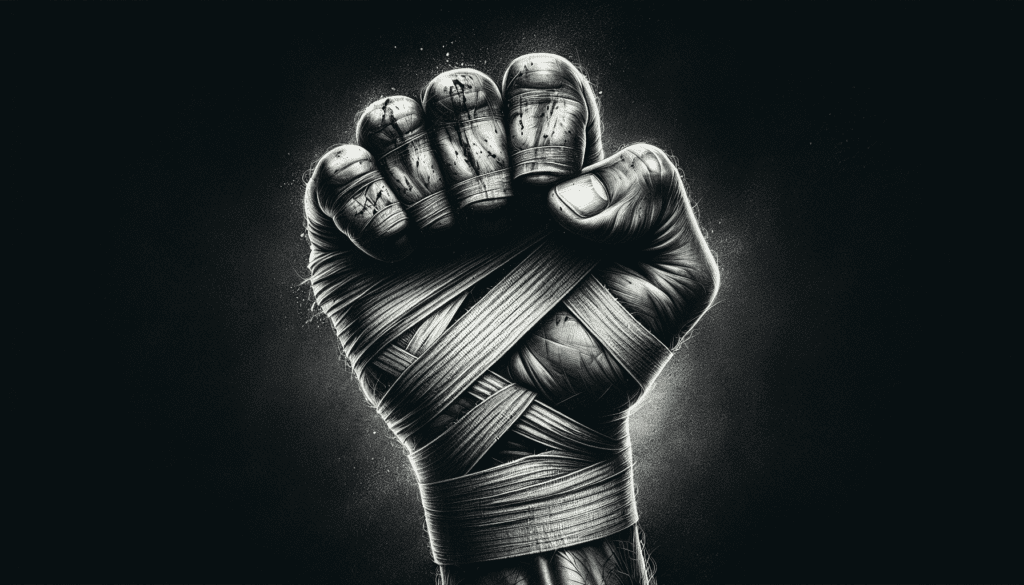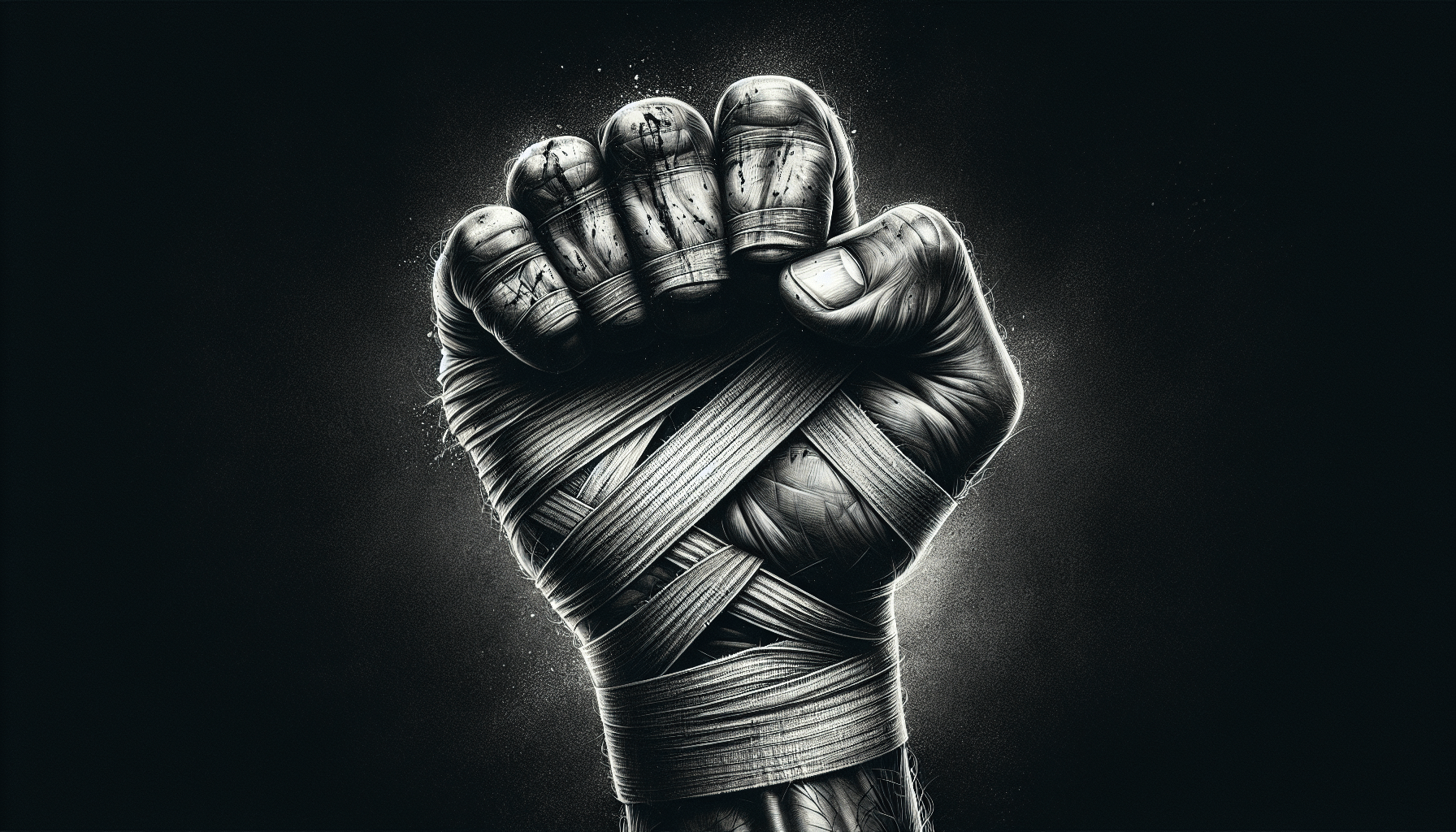Welcome to an article that will shed some light on the important topic of understanding the biomechanics of injury prevention in MMA. In order to stay safe and perform at your best in the world of mixed martial arts, it is crucial to have a solid understanding of how the body moves and the mechanics behind injury prevention. By delving into this fascinating subject, you will gain valuable insight into how to protect yourself and optimize your performance in the octagon. So grab a seat and let’s explore the biomechanics of injury prevention in MMA together! Have you ever wondered how MMA fighters prevent injuries during their intense training and fights?

Biomechanics: The Foundation of Injury Prevention in MMA
When it comes to injury prevention in MMA, understanding the biomechanics of the human body is essential. By grasping the mechanics and movements involved in fighting techniques, fighters can minimize the risk of injuries and improve their performance inside the octagon.
Biomechanics Defined
Biomechanics is the study of the mechanical aspects of living organisms, including humans. In MMA, biomechanics play a crucial role in understanding how the body moves, the forces that act on it, and the risk of injury associated with various movements and techniques.
Importance of Biomechanics in Injury Prevention
By analyzing the biomechanics of each technique and movement, fighters can identify potential points of stress on the body and implement strategies to reduce the risk of injury. Understanding how the body moves and functions allows fighters to optimize their training, improve their technique, and prevent injuries during fights.
Common Injuries in MMA
Before delving into the biomechanics of injury prevention, it’s essential to understand the most common injuries that fighters experience in MMA.
Traumatic Injuries
Traumatic injuries, such as fractures, dislocations, and ligament tears, are common in MMA due to the high-impact nature of the sport. These injuries can occur during fights or training sessions and often require immediate medical attention.
Overuse Injuries
Overuse injuries, such as tendonitis, stress fractures, and muscle strains, are also prevalent in MMA. These injuries develop over time due to repetitive motions and excessive training without proper rest and recovery.
Impact Injuries
Impact injuries, such as concussions and facial fractures, are a significant concern in MMA. The forceful blows and strikes exchanged during fights can result in severe head and facial injuries if not adequately protected against.
Biomechanics of Injury Prevention
Now that we’ve covered the common injuries in MMA let’s explore how fighters can use biomechanics to prevent these injuries and stay healthy inside and outside the octagon.
Proper Body Mechanics
Proper body mechanics are essential in MMA to prevent injuries and maximize performance. By maintaining good posture, alignment, and stability during movements and techniques, fighters can reduce stress on joints and muscles, decreasing the risk of injury.
Impact Absorption
Understanding how to absorb and dissipate impact is crucial in injury prevention in MMA. By developing proper striking and defensive techniques, fighters can minimize the force of blows and reduce the risk of concussions and other impact injuries.
Joint Stability
Joint stability plays a vital role in injury prevention in MMA. By strengthening the muscles around joints and improving flexibility and range of motion, fighters can enhance joint stability and reduce the risk of sprains, strains, and other joint-related injuries.
Balance and Coordination
Balance and coordination are essential skills for MMA fighters to prevent injuries. By training balance and coordination drills, fighters can enhance their body awareness, footwork, and agility, reducing the risk of falls, slips, and other balance-related injuries.
Biomechanics of Striking Techniques
Striking is a fundamental aspect of MMA, and understanding the biomechanics of striking techniques is crucial for injury prevention and effective offensive strategies.
Punching Techniques
Punching techniques in MMA involve the coordination of multiple muscle groups and joints to generate power and speed. By focusing on proper body mechanics, rotation, and extension, fighters can optimize their punching techniques, reducing the risk of overuse injuries and maximizing impact.
Kicking Techniques
Kicking techniques in MMA require proper balance, flexibility, and coordination to execute effectively. By understanding the biomechanics of kicking, fighters can prevent injuries to the lower body, improve range of motion, and generate power with each kick.
Elbow and Knee Strikes
Elbow and knee strikes are devastating techniques in MMA that require precise timing, control, and accuracy. By mastering the biomechanics of these strikes, fighters can deliver powerful blows while minimizing the risk of joint injuries and overextension.

Biomechanics of Grappling Techniques
Grappling is another essential aspect of MMA, and understanding the biomechanics of grappling techniques is crucial for injury prevention and effective ground control.
Takedowns
Takedowns in MMA involve intricate footwork, leverage, and balance to bring an opponent to the ground. By mastering the biomechanics of takedowns, fighters can execute takedowns safely, minimize the risk of injury, and establish dominant positions on the ground.
Submission Holds
Submission holds in MMA require proper joint manipulation, positioning, and control to secure a submission victory. By understanding the biomechanics of submission holds, fighters can apply these techniques effectively, prevent injuries to themselves and their opponents, and maintain control in grappling exchanges.
Ground and Pound
Ground and pound techniques in MMA involve striking an opponent on the ground while maintaining a dominant position. By mastering the biomechanics of ground and pound, fighters can deliver powerful strikes, maintain balance and control on the ground, and prevent injuries to themselves and their opponents.
Biomechanics of Defensive Strategies
Defense is a vital aspect of MMA, and understanding the biomechanics of defensive strategies is essential for injury prevention and effective counters.
Blocking and Parrying
Blocking and parrying techniques in MMA involve precise timing, placement, and angle to defend against strikes effectively. By mastering the biomechanics of blocking and parrying, fighters can protect themselves from incoming attacks, reduce the risk of impact injuries, and create openings for counterattacks.
Evading and Countering
Evading and countering techniques in MMA require quick reflexes, footwork, and distance management to avoid strikes and set up counterattacks. By understanding the biomechanics of evading and countering, fighters can decrease the risk of taking damage, create opportunities for offense, and maintain control in striking exchanges.
Clinch and Cage Defense
Clinch and cage defense in MMA involve controlling an opponent in close quarters and against the cage to prevent takedowns and strikes. By mastering the biomechanics of clinch and cage defense, fighters can neutralize opponents’ attacks, create separation, and avoid being trapped in disadvantageous positions.
Training Tips for Injury Prevention
To stay healthy and prevent injuries in MMA, it’s essential for fighters to incorporate biomechanics-based training strategies into their routines.
Cross-Training
Cross-training in different disciplines, such as strength training, flexibility, and agility drills, is crucial for injury prevention in MMA. By diversifying their training regimen, fighters can address weaknesses, improve overall fitness, and reduce the risk of overuse injuries.
Rest and Recovery
Rest and recovery are essential components of injury prevention in MMA. By allowing the body to recover between training sessions and fights, fighters can prevent burnout, reduce the risk of overtraining, and ensure optimal performance inside the octagon.
Injury Prevention Programs
Injury prevention programs, such as mobility exercises, prehab routines, and injury screenings, are valuable tools for fighters to identify and address potential injury risks. By implementing these programs into their training, fighters can stay healthy, improve their longevity in the sport, and perform at their best.
Conclusion
In conclusion, understanding the biomechanics of injury prevention is essential for MMA fighters to stay healthy, perform at their best, and prolong their careers. By mastering the biomechanics of striking, grappling, defense, and training techniques, fighters can reduce the risk of injuries, optimize their performance, and achieve success inside and outside the octagon. So, the next time you step into the gym or the cage, remember to prioritize biomechanics and injury prevention to stay safe and reach your full potential in MMA.

